Rare Rides: The Forgotten Force of the 1993 Bugatti EB110

Long before Bugatti released the record breaking Veyron, it produced a slightly less famous supercar. It’s the angular two-door which was simultaneously the beginning and end of an era in Bugatti’s history.
It’s the EB110, from 1993.
Bugatti got its start in 1909 with founder Ettore Bugatti at the helm. The French company (headquartered in Germany) built various roadsters, touring cars, and an expensive luxury saloon at the height of the Great Depression. After spending most of the 1940s not producing anything, Bugatti managed three more cars through the Fifties before calling it quits in 1963. The Bugatti name was sold to luxury manufacturer Hispano-Suiza. Everything was quiet until 1987, when Bugatti emerged under a new owner — Romano Artioli. Mr. Artioli had big plans for his new asset, and set to work on a brand new supercar.
That car was the EB110, and it debuted in Paris on September 15, 1991. The date was significant: it was exactly 110 years after the birth of Ettore Bugatti (1881-1947). The car was significant, as well. In true supercar form, the engine resided in the middle of the car, boasting 12 cylinders.
Each of those cylinders enjoyed five valves and their own throttle body. Straddling the engine, quad turbochargers encouraged things to move along a bit faster. Though displacing just 3.5 liters, 552 horsepower was extracted from this Italian power plant, and all of that power was distributed to all four wheels via a six-speed manual transmission. 0-60 miles an hour passed in just 4.4 seconds. The EB110 would travel on to a top speed of 210 miles an hour.
The EB110 was joined in Bugatti showrooms (wherever those were…) by a more powerful brother known as SS. That one turned up the boost, increasing horsepower to 592 and the top speed to 216. Impressed, Michael Schumacher bought one for himself, bringing media attention to the company. Bugatti also raced the EB110 at the 24 Hours of Le Mans in 1994, and at 24 Hours of Daytona in 1996. Meanwhile, a recession set in across North America and Europe, and there were a few problems over at the bank.
In 1995, Mr. Artioli decided one auto brand was not enough for him, and decided to purchase struggling automaker Lotus. At the same time, Bugatti was dumping dollars into the EB112 sedan. Something had to give, and that something ended up being everything. In September 1995, Bugatti ceased all operations and declared bankruptcy.
Lotus was eventually sold to Malaysian automaker Proton. A furniture company purchased Bugatti’s factory, and then went bankrupt itself before it started producing any cars. Again, Bugatti entered a state of slumber, falling into the careful hands of Volkswagen in 1998.
The first Bugatti since 1963 ended as the only Bugatti under the company’s third owner. This silver over grey example, which originated in Japan, was for sale on eBay recently, asking the noble sum of $975,000. And it sold.
[Images: seller]

Interested in lots of cars and their various historical contexts. Started writing articles for TTAC in late 2016, when my first posts were QOTDs. From there I started a few new series like Rare Rides, Buy/Drive/Burn, Abandoned History, and most recently Rare Rides Icons. Operating from a home base in Cincinnati, Ohio, a relative auto journalist dead zone. Many of my articles are prompted by something I'll see on social media that sparks my interest and causes me to research. Finding articles and information from the early days of the internet and beyond that covers the little details lost to time: trim packages, color and wheel choices, interior fabrics. Beyond those, I'm fascinated by automotive industry experiments, both failures and successes. Lately I've taken an interest in AI, and generating "what if" type images for car models long dead. Reincarnating a modern Toyota Paseo, Lincoln Mark IX, or Isuzu Trooper through a text prompt is fun. Fun to post them on Twitter too, and watch people overreact. To that end, the social media I use most is Twitter, @CoreyLewis86. I also contribute pieces for Forbes Wheels and Forbes Home.
More by Corey Lewis
Latest Car Reviews
Read moreLatest Product Reviews
Read moreRecent Comments
- Aaron This is literally my junkyard for my 2001 Chevy Tracker, 1998 Volvo S70, and 2002 Toyota Camry. Glad you could visit!
- Lou_BC Let me see. Humans are fallible. They can be very greedy. Politicians sell to the highest bidder. What could go wrong?
- SPPPP Vibrant color 9 times out of 10 for me. There may be a few shapes that look just right in metallic gray, for example. There are a few nices ones out there. And I like VW "White Silver". But I'd usually prefer a deep red or a vibrant metallic green. Or a bright blue.
- 28-Cars-Later Say it ain't so, so reboot #6* isn't going to change anything?[list=1][*]V4-6-8 and High "Tech" 4100.[/*][*]Front wheel drive sooooo modern.[/*][*]NOrthSTARt.[/*][*]Catera wooooo.[/*][*]ATS all the things.[/*][*]We're *are* your daddy's Tesla. [/*][/list=1]
- MaintenanceCosts Can I have the hybrid powertrains and packaging of the RAV4 Hybrid or Prime with the interior materials, design, and build quality of the Mazda?

























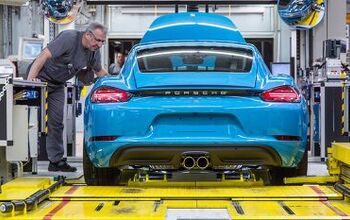
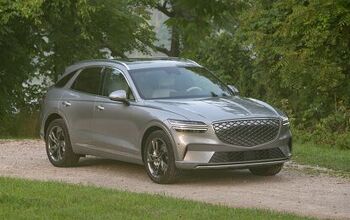

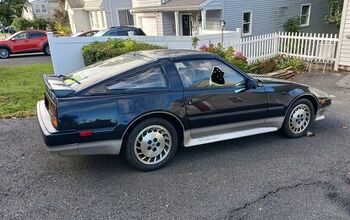
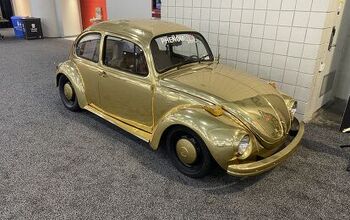

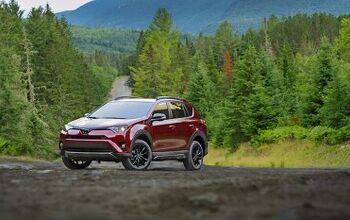
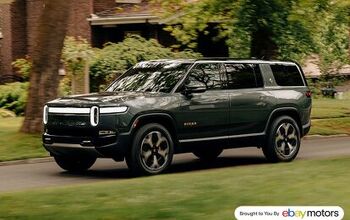

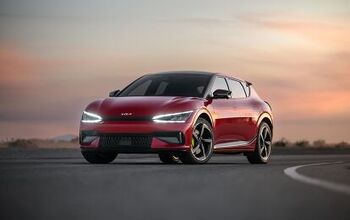

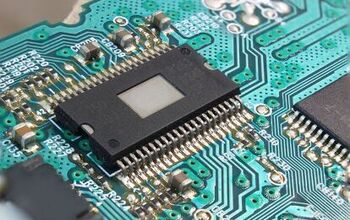

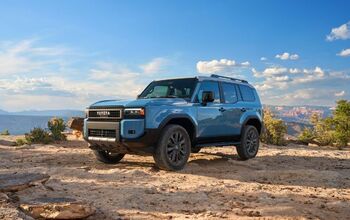
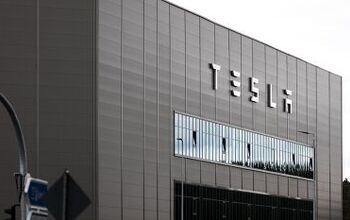
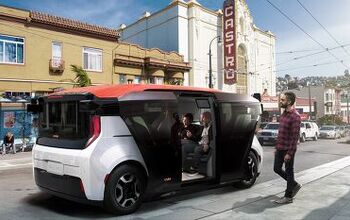
Comments
Join the conversation
Brings back a fond memory seeing a silver example used as a prop for a custom mobile carrier/garage trailer at the Barrett-Jackson auction in Scottsdale many years ago. Just a fancy bauble for an extraordinary toy hauler. It was in the elevated position on the rear lift. There may have been a 959 there too.
Wow! That thing has NOT aged well.... It looks like something Mosler tacked together...